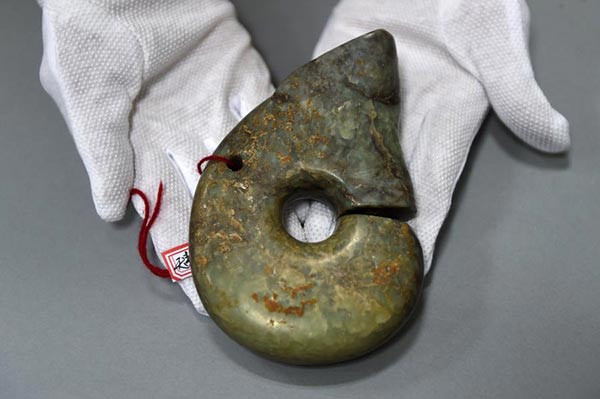 |
|
In addition to greed for money, the national fervor for antique collecting has also contributed to the grave robbing phenomenon, according to Liang Xiao, a relics protection expert.[Photo/Xinhua] |
Chinese authorities have stepped up efforts to crack down on the crimes, but to no vail.
Mo Zhidong, an official with Guangxi's provincial department of cultural relics, pointed out that tombs and ancient ruins are usually situated in the wild, making surveillance very difficult.
"Due to limitations such as the lack of power supply and other bad infrastructure in remote areas, cameras are difficult to install," Mo said. "So when grave robbing happens, it is very hard to track suspects."
In Guangxi alone, 17 of the 66 historical sites protected at a national level are situated in wilderness, while most of the 355 ancient sites under regional protection are also located in remote areas.
Meanwhile, a dearth of supervising personnel makes the situation even worse.
"Cultural relics departments in most Chinese counties have only about four protection staff each," Mo said. "Imagine the difficulty of protecting a vast expanse of ruins with only four people."
Zhou Keda, with the Guangxi Academy of Social Sciences, said the government should raise public awareness of the issue, and provide more funding, especially for dedicated staff and surveillance equipment.
"Law enforcement departments should also improve supervision of the trade in artifacts to prevent rampant illegal trade," he said.
The academic also called for authorities to set up a national database, with each artifact coded.
"In this way, once the artifacts flow into the market, authorities will be able to track their source and penalize criminals."
|
|
|
|
|
|
|
|
